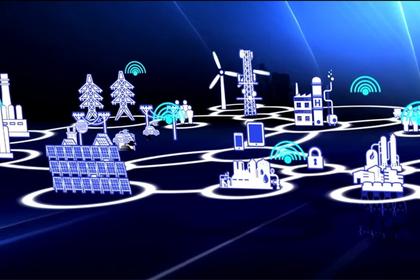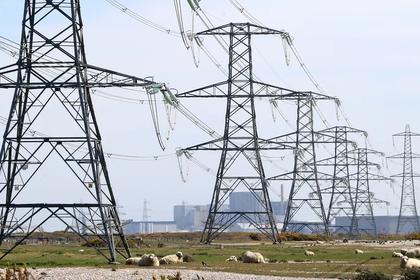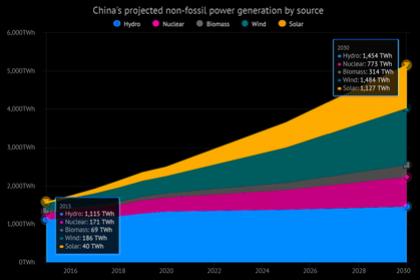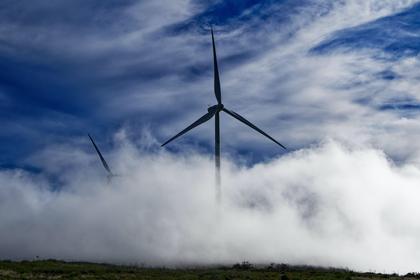
POWER GRID TRANSFORMATION
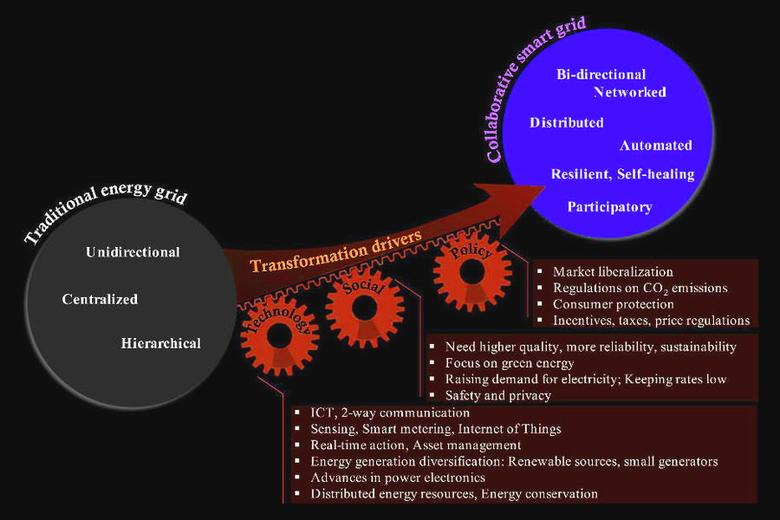
By Kumar Mukund Regional Head-Business Development Armax Automation Pvt Ltd
ENERGYCENTRAL - Renewable energy (RE) generation is increasing rapidly around the world, and this trend is expected to continue at an accelerated pace. However, effectively integrating a higher share of RE into power systems remains a challenging task for system operators, regulators and policy makers.
RE, and in particular wind and solar, are characterized by a high degree of variability and intermittency, and their availability cannot be forecasted with certainty. This makes the task of system operators increasingly complex.
Renewable energy technologies can be divided mainly into two categories:
- Dispatchable (i.e. biomass, geothermal power and hydro, concentrated solar power with storage) and
- Non-dispatchable, also known as Variable Renewable Energy or VRE (i.e. solar photovoltaic, wind and ocean power).
Characteristics of VRE:
VRE has four main characteristics that require specific measures to integrate these technologies into current power system grids:
- Variability due to the weather dependency and temporal availability of resources;
- Uncertainty due to unexpected changes in resource availability;
- Location-specific properties due to the geographical availability of resources; and
- Low marginal costs since the resources are freely available.
Challenges in Integration of Renewable Energy:
The integration of a significant share of variable renewable energy sources into power grids requires a substantial transformation of the existing networks in order to:
- Allow for a bi-directional flow of energy; that is from “generators to users” and from “users to generators”, aimed at ensuring grid stability;
- Establish an efficient grid management mechanisms aimed at reducing peak loads, improving grid flexibility & responsiveness and security of supply in order to deal with increased systemic variability;
- Improve the interconnection of grids at the local, regional, national and international levels, aimed at increasing grid balancing capabilities, reliability and stability;
- Introduce technologies and procedures to ensure proper grid operational control and stability (e.g. frequency, voltage, active power, reactive power balance) in the presence of a significant share of variable renewable; and
- Introduce energy storage capacity to store electricity from VRE sources when power supply exceeds demand and aimed at increasing system flexibility and security of supply.
Opportunities-Technology as an Enabler:
There are many technological options available that can help us to integrate VRE into the grid:
- System-friendly VREs
- Flexible generation,
- Grid extension,
- Smart grid technologies, and
- Storage technologies,
- Better forecasting technologies.
New advances in solar PV and wind technologies allow them to be used over a wider range of conditions and provide ancillary services like frequency, voltage and power control. Flexible generation requires changes in the energy mix to optimize production from both dispatchable and non-dispatchable resources.
Smart grid technologies can act as an enabler for VRE integration, given their ability to reduce the variability in the system by allowing the integration of renewable into diverse electricity resources. It includes load control (e.g. Demand Side Management-DSM), and enhancing the grid operation and therefore helping to efficiently manage the system’s variability by implementing advanced technologies (e.g. Smart Inverters, Power Plant Controller (PPC), Phasor Measurement Unit (PMU) and Fault Ride Through (FRT) capabilities.
Energy storage technologies can alleviate short-term and longer-term variability through pumped-storage hydroelectricity, thermal energy storage or the conversion of electricity into hydrogen or gas.
The ability to cope with intermittency improves when the quality of RE availability forecasts improves. A better knowledge of RE availability to the grid helps system operators in their task of system balancing and provision of reliable supply. All operators across the world with a high RE penetration are developing better weather and solar/wind forecasting tools and improved real-time decision support tools.
Conclusion:
System flexibility is essential in integrating a high degree of VRE into the power system grid, because of the variability and low predictability in their availability. System operators across the world are developing comprehensive data bases on RE characteristics, RE availability forecasting models, sophisticated dynamic stochastic models integrating capacity expansion planning and dispatch and multi-nodal (including across countries) models for dispatch, transmission planning and congestion management.
An “enabler” for these transformations is the adoption of smart grid technologies, which incorporate grid elements with “smart” functionality to balance supply and demand, together with advanced information and communication technologies to increase flexibility, improve reliability and support the integration of variable VRE sources.
A transition towards high shares of VRE requires a re-thinking of the planning, design and operation of future power systems and grids from a technical and an economic point of view. In such systems, supply and demand will be matched in a more concerted and flexible way. From a technical perspective, VRE generation can be ideally combined with smart grid technologies, more flexible generation technologies and energy storage. From an economic perspective, the regulatory framework will need to be modified to account for the cost structure of VRE integration, to allow for new services and revenue channels, and to support new business models.
Success also requires coordination of all relevant stakeholders, from governments to regulators to operators and a good governance framework, with robust contractual agreements.
-----
This thought leadership article was originally shared with Energy Central's Clean Power Community Group. The communities are a place where professionals in the power industry can share, learn and connect in a collaborative environment. Join the Clean Power Community today and learn from others who work in the industry.
-----
Earlier:
